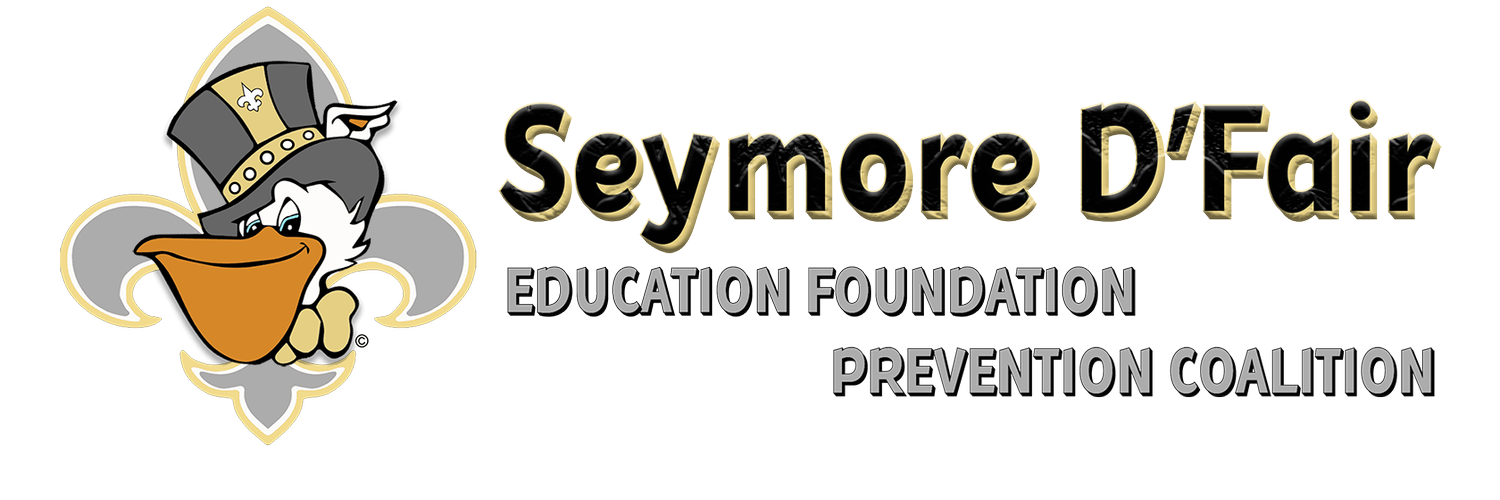Available 2024
Seymore Says “Don’t Be A Bird Brain, Avoid Drugs!” Curriculum
DRUG PREVENTION DEVELOPED BY “EDUCATORS FOR STUDENTS"
Utilizing the advances of medical research and scientific studies, the Seymore “Don’t Be a Bird Brain” Program was designed and developed by professional educators and trainers, applying effective educational strategies supported by evidence and research.
PREVENTION EDUCATION PROGRAM BASIS
The program is designed to introduce the concept of
Helpful Medicines
Harmful & Deadly Drugs,
Encourage Avoidance and Prevent or Discourage First Use.
TEACHING UNITS & GRADE-LEVEL PROGRESSION
The program has four teaching units across the Visual Arts, Science, Language Arts, and Health curricula. Each unit is broken into subsections for appropriate grade-level content, and the grade-level progressions are 1-2 | 3-4 | 5-6.
Modular design allows teachers to substitute their existing art, science, reading, and health units with Seymore’s teaching units to deliver drug prevention instruction seamlessly within their existing curriculum infrastructure without disruption.
UNIT 1 | BUILDING MY BRAIN
This Visual Arts Unit centers on a modeling project where students visualize and reflect as they construct brain models out of paper mache or per-designed cutouts.
Learning Objectives
Students learn how to construct and build their brain model and individual caps
Students learn how to identify and label the brain parts and locate brain functions on their caps
UNIT 2 | HOW MY BRAIN WORKS
This Science Unit teaches basic brain anatomy and includes different classroom activities.
Learning Objectives
Students learn the parts of the brain
Students learn the functions of the brain
UNIT 3 | “SEYMORE’S FEELING THE BRAIN PAIN.”
In this Language Arts Unit, students are introduced to the substance and drug topic by reading the “Feeling the Brain Pain!” story. Students will review vocabulary words and participate in comprehension and story retelling activities.
Learning Objectives
This story introduces the following concepts:
Taking medicines in the correct doses
Importance of taking medicines under the correct adult supervision
Upon completion, students will have acquired the basic knowledge and understanding of medication potency and the importance of taking medication as prescribed by a medical practitioner and in the proper amounts.
UNIT 4 | HOW MEDICINES & DRUGS AFFECT MY BRAIN
This Health unit explores brain safety and the differences between helpful medicines and harmful and deadly substances. Students are introduced to 12 legal and illegal medications and drugs, learning how they affect their body and brain.
Learning Objectives
Students learn about the characteristics of medicines, harmful substances, and deadly drugs
Students learn about the effects of medicines and drugs on their body, brain, and brain function.
Students learn about health and social consequences of medicine and drug misuse and abuse
TAKE-HOME PARENTING GUIDE
To increase the program’s effectiveness, support “in-school” instruction, and increase parental and community engagement, the Seymore Says “Don’t Be a Bird Brain” incorporates a Parenting Guide. This guide utilizes the “Feeling the Pain” story in comic book format as the basis for the parenting guide.
In addition to the story, the comic book includes:
Proper use and the risk of misuse of medicines and drugs
Proper medicine storage and disposal
EVIDENCE-BASED RESULTS & CONTINUOUS IMPROVEMENT
Participating schools can monitor student pre-& post-assessment data to track and measure program effectiveness. The Foundation Education Team will provide schools with continuous support to ensure program correctness and validity.
PROGRAM SUPPORT
Program brochures, supplements, and websites contain additional information and resources for students, parents, schools, and the community year-round.


